any downside to a white shingle roof?
jeffw_00
13 years ago
Related Stories
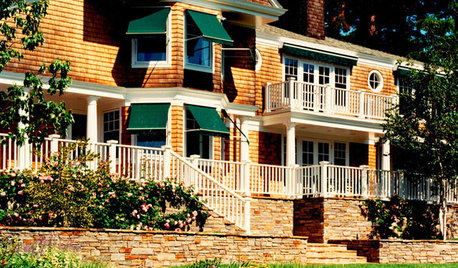
REMODELING GUIDESShingle Style: Warm Home Design for Seaside to Suburb
Gable roofs, unfinished shingles and towers mark America's first "modern" home style
Full Story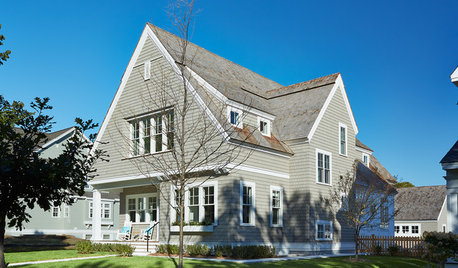
HOUZZ TOURSHouzz Tour: Traditional Shingle With a Modern Soul
A home’s shingle-style exterior fits in with the neighborhood and allows for an open, harmonious flow inside
Full Story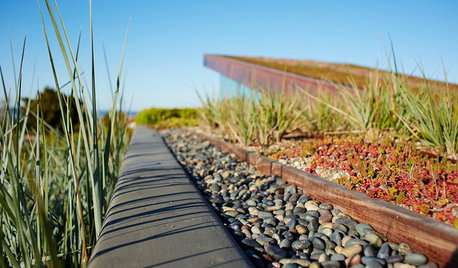
ROOFS8 Alternative Roof Materials to Buck the Mainstream
Looking for something to raise your roof in the neighborhood? Consider synthetic tiles, recycled composite shingles, green roofs and more
Full Story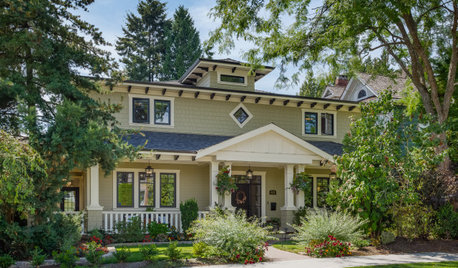
LANDSCAPE DESIGNHow to Incorporate Your Roofing Into the Landscape
Choose hardscape and plantings that work with your roof’s color, texture, shape and line
Full Story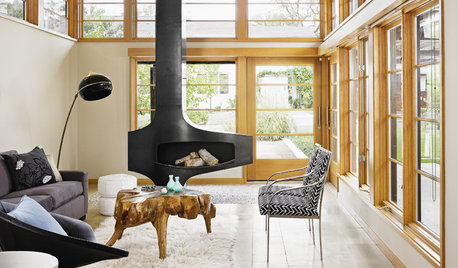
FIREPLACES8 Fantastic Freestanding Fireplaces to Warm Any Room
Free up your room's design and lighten the load on your budget with a freestanding fireplace in a style to suit your taste
Full Story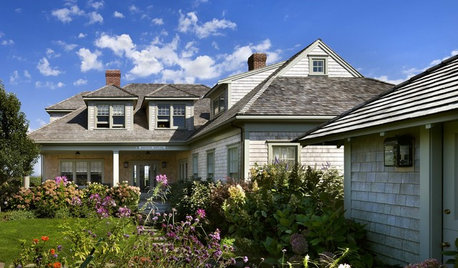
VACATION HOMESHouzz Tour: Relaxed Shingle-Style Retreat on Nantucket
A family’s summer home is renovated to be a comfortable place for enjoying laid-back island life
Full Story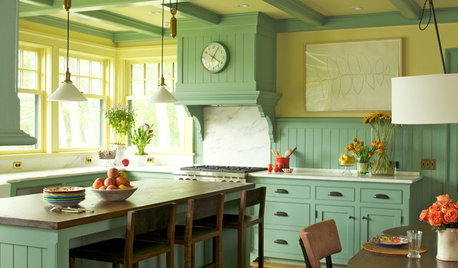
TRADITIONAL HOMESHouzz Tour: Shingle-Style Massachusetts Home With a Global Outlook
A rich mélange of African, midcentury modern and vintage treasures adds depth to a colorful new home with water views
Full Story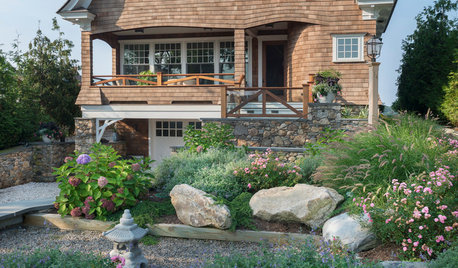
TRADITIONAL STYLEHouzz Tour: Classic Shingle Style for a Seaside Summer Home
Mixing traditional and coastal casual, this new Rhode Island home welcomes extended family with ease
Full Story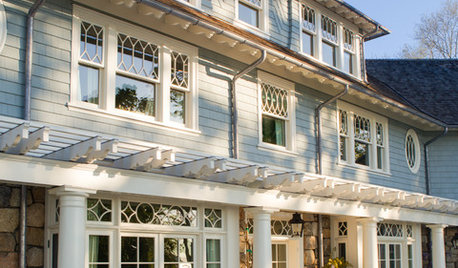
TRADITIONAL HOMESHouzz Tour: New Shingle-Style Home Doesn’t Reveal Its Age
Meticulous attention to period details makes this grand shorefront home look like it’s been perched here for a century
Full Story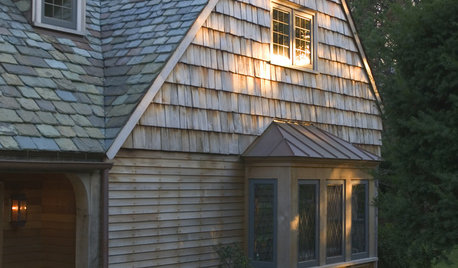
EXTERIORSRoofing Materials: Slate Makes for Fireproof Roofs That Last
It stands up to weather and fire without losing its high-end look. But can your budget handle it?
Full Story


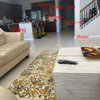

sombreuil_mongrel
live_wire_oak
Related Professionals
Southbridge Kitchen & Bathroom Designers · Thonotosassa Kitchen & Bathroom Remodelers · Trenton Kitchen & Bathroom Remodelers · Bel Air North Interior Designers & Decorators · Belle Glade Interior Designers & Decorators · Arlington General Contractors · Asheboro General Contractors · Binghamton General Contractors · Cape Girardeau General Contractors · Lighthouse Point General Contractors · Monroe General Contractors · Pico Rivera General Contractors · Red Wing General Contractors · Tabernacle General Contractors · Westerly General Contractorsmacv
susanjf_gw
Christine Lopez